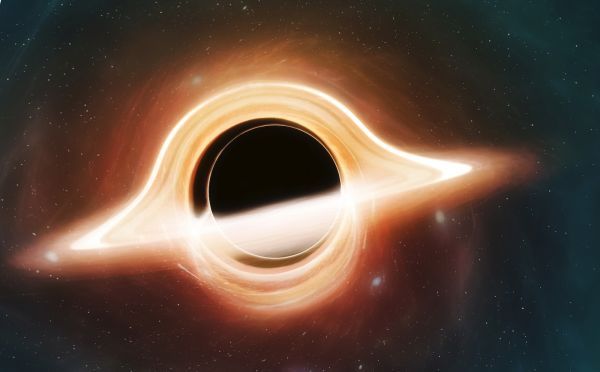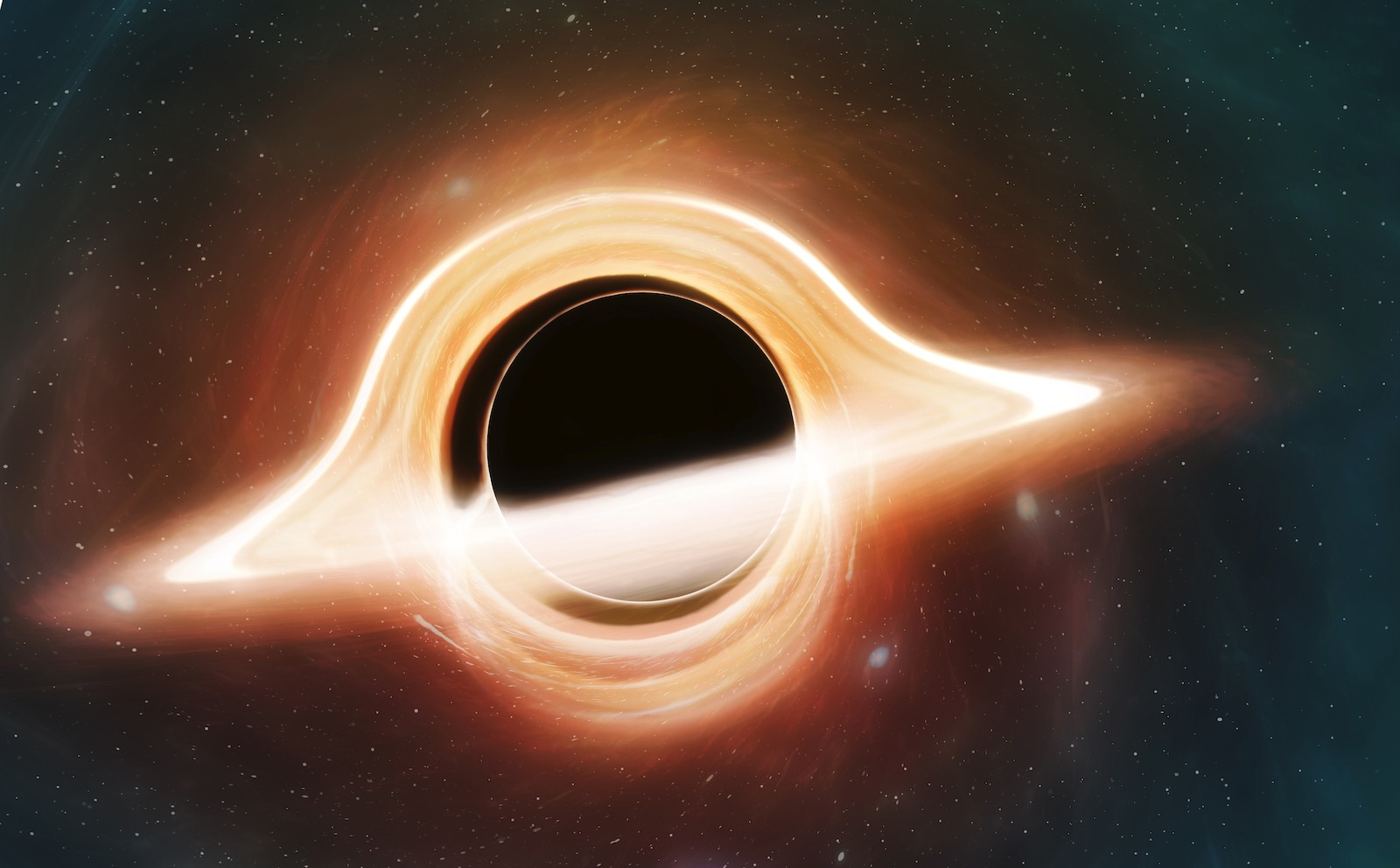
Grotesque
Since at least the 18th century Italy, grotesque has come to be used as a general adjective for the strange, mysterious, magnificent, fantastic, hideous, ugly, incongruous, unpleasant, or disgusting, and thus is often used to describe weird shapes and distorted forms such as Halloween masks. In art, performance, and literature, however, grotesque may also refer to something that simultaneously invokes in an audience a feeling of uncomfortable bizarreness as well as sympathetic pity. More specifically, the grotesque forms on Gothic buildings, when not used as drain-spouts, should not be called gargoyles, but rather referred to simply as grotesques, or chimeras. The English word first appears in the 1560s as a noun borrowed from French, and comes originally from the Italian grottesca, an extravagant style of ancient Roman decorative art rediscovered at Rome at the end of the fifteenth century and subsequently imitated.


